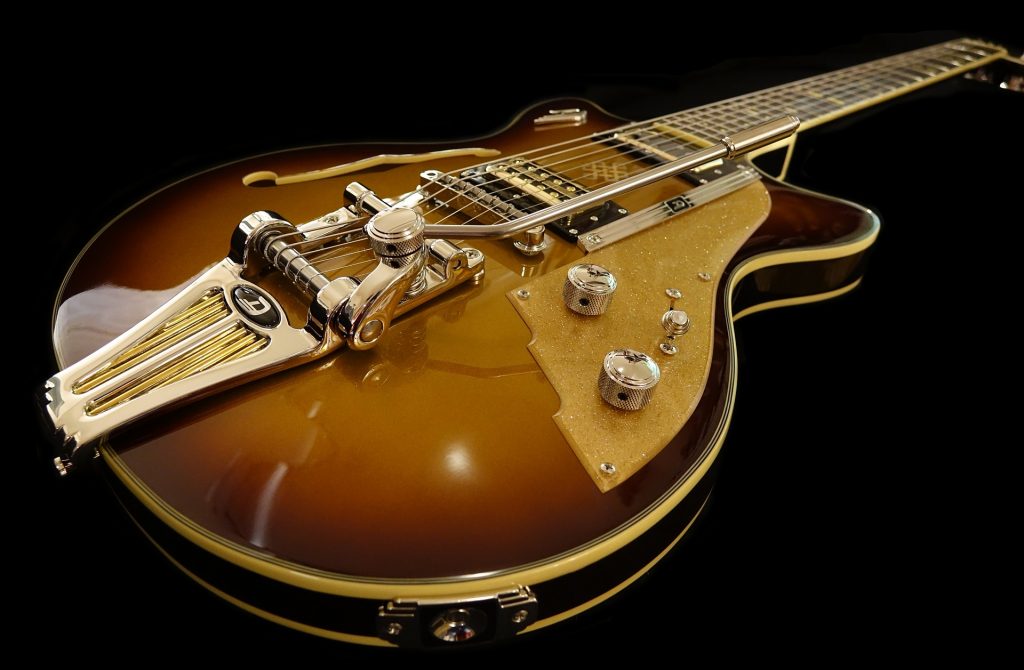History and Information
The guitar originated in Europe, most likely in what is now Spain. It is a direct descendant of the lute, which was used frequently in the Renaissance period. There are two general types of guitars in use today: electric and acoustic. Acoustics have a hollow body, while most electrics have a solid body. Both are have a fretted fingerboard (also know as a fretboard), and are tuned to the same notes. When you learn how to play the guitar, all styles of music will be open to you, including rock, blues, jazz, and classical.
When to Start
Students can start guitar lessons as young as age 6, depending on a student’s dexterity and fine motor skills. Most instructors will incorporate reading music into their lessons, so students should know at least some reading and counting fundamentals.
Getting a Guitar
There are two kinds of guitar available for purchase or rental: electric and acoustic. We recommend an electric guitar for beginners because the action is lower–meaning that strings are easier to hold down. For very young students, you may want to consider renting instruments for two reasons: 1) they will most likely grow out of instruments quickly and 2) they may lose interest (although we hope they don’t!). Most stores provide repair services for instruments that they rent out. We can give you recommendations for places near you to buy or rent your guitar. Please contact us, and be sure to include your location!
Books and Supplies
Your instructor can tell you which books and supplies are appropriate. Most books and many supplies, including strings and cases, are available online. We can recommend stores near you where you can purchase supplies and music for your guitar, if you prefer to do so in person. Please contact us, and again, remember to tell us where you live!
**Feel free to contact us with any questions you may have. We can help provide you with additional resources.**

